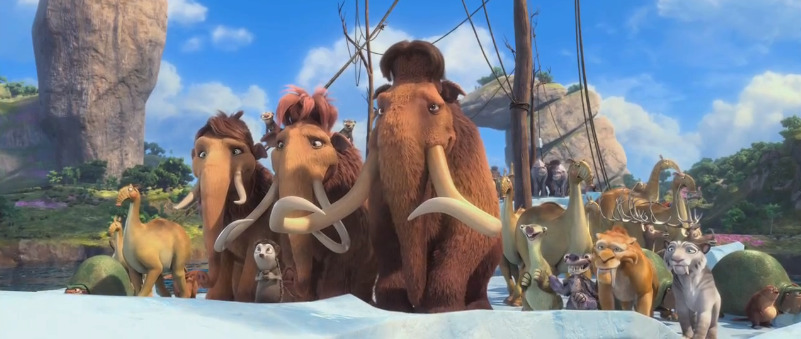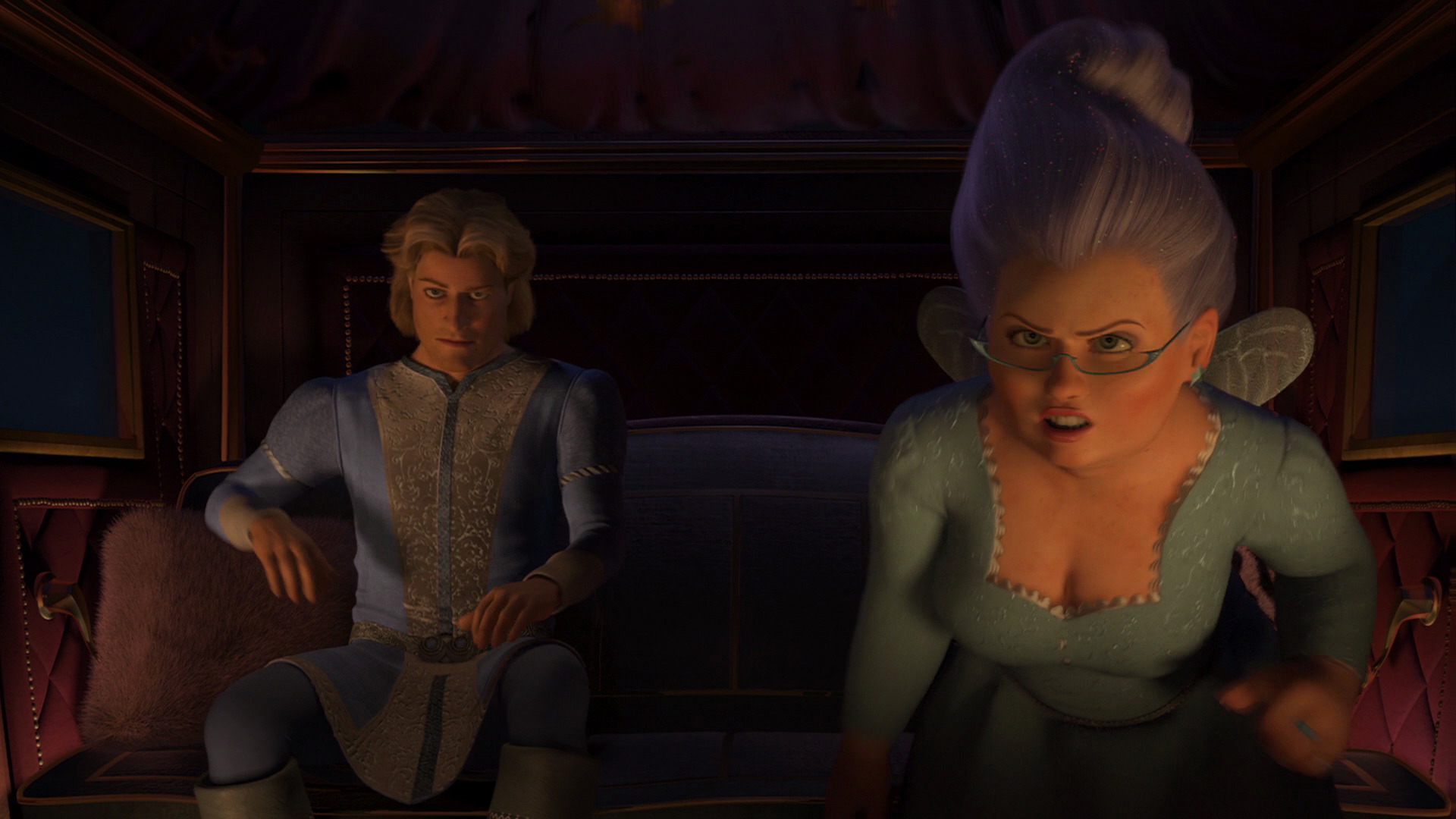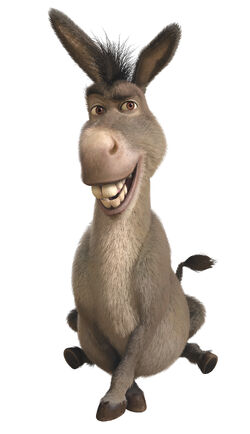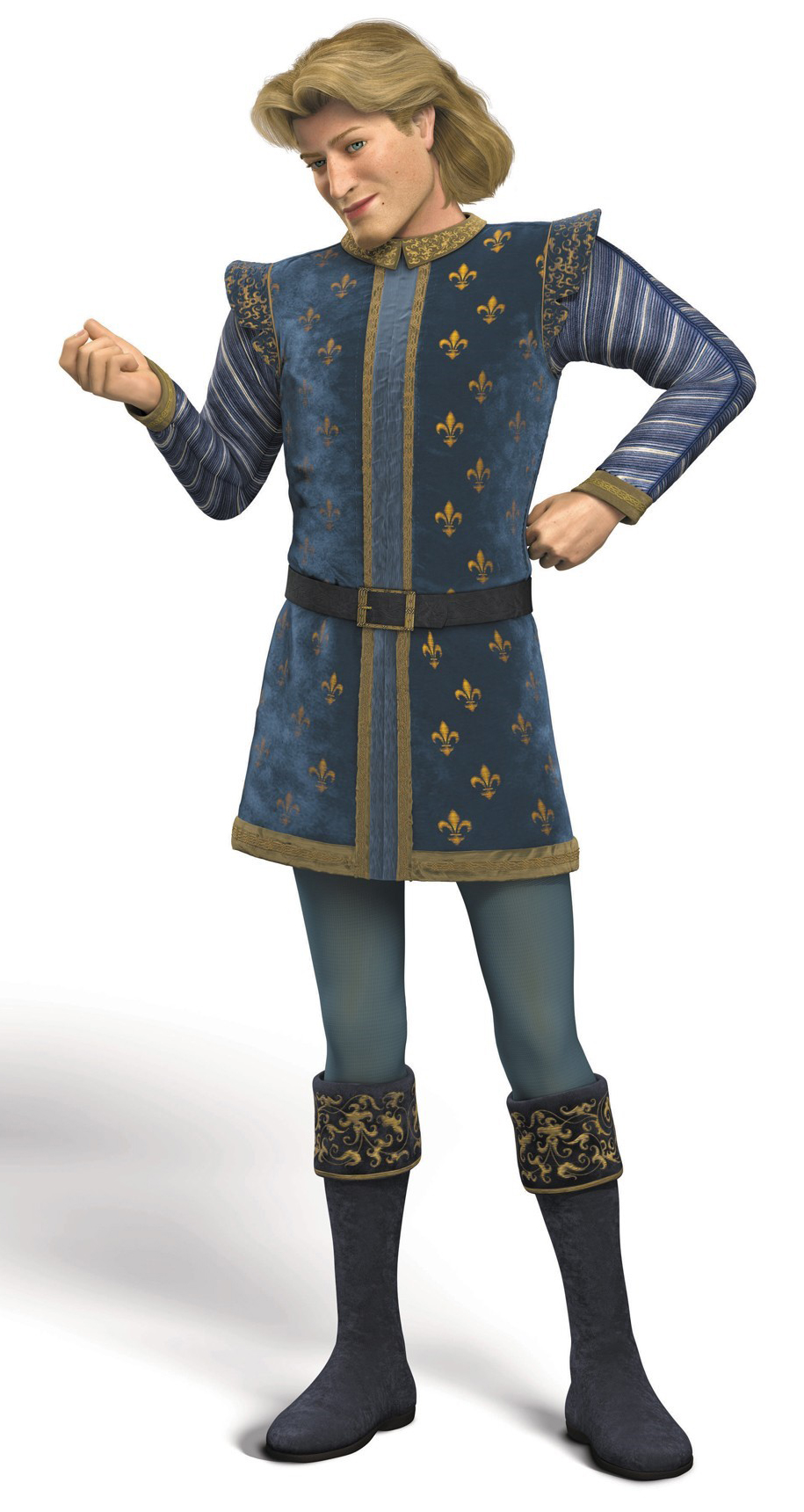X & Y Film Analysis Trailer
The first scene begins with a child and an adult sitting on a school bench with two black chalkboards behind them both. This suggests that the film could be in a school environment. Another mise-en-scene piece that supports the idea of a school environment, is that the child is dressed in a blue polo shirt and black trousers which suggests a school uniform. The adult looks to be a teacher dressed in a open collar shirt and suit jacket. This scene immediately establishes possible two main characters that could play a significant role in the film. The camera shots are two shot x2 and a close up on the boy in-between the 2 two shots. This scenes editing consists of a simple match cut - two shot to closeup back to two shot - this is effective for this short scene as it closes up on the boys emotion; which he simply has an emotionless face so already in the few seconds of the trailer we already guess something is different about the young boy. This is supported by the diegetic dialogue where he questions the adult why he is putting out his hand (with the intent to shake it) and the boy already says he doesn't like it. But the teacher pushes him to bluntly that 'we all have to do things we don't like doing but we do them'. Toward the end of the scene, a non-diegetic music/soundtrack begins after the dialogue between the two characters.
Next is a series of four scenes; the editing in this series of scenes is a montage that is used for effect to create a mood or a theme in the trailer. It begins with an extreme close up of an eye (we believe to be the boys), which cuts to a zooming in medium shot of the boy sitting on the floor, of what looks to be a bedroom, reading a book. This then cuts to a medium shot of the boy with his nose pressed up against a large fish tank (the fish tank is very big and could be in a public place as we also see the backs of heads in the scene), which cuts to a close up on the boys hand as he writes/doodles in a work book (the end cut connects with the next scene). The sound in this series of scenes is non-diegetic. A classical piano instrumental is played over the clips. There is dialogue played over the top, and it connects with the scene shown as both the dialogue and scenes show pieces of his life, his possible anti-social tendencies, a lonely young boy and his cleverness. The dialogue also connects with how the young boy is undermined. We could infer from this information that the representation/theme could be that the young boy has a disability. In looking at the information, we could say that the disability could be autism or Asperger's due to the anti-social and loneliness.
The next scene is set in a bedroom with the young boy and now we are introduced to another character; a woman who looks to be the young boy's mother. We also see how the abacus on the left of the frame has been pushed specifically to the left nearly which also indicates some kind of OCD, which could connect to the idea of autism. The shots in this scene are of a close up and medium shots. The editing is shot-reverse-shot between each of the scenes. The shot-reverse-shot has been used for the exchanging of dialogue for the two characters. With the mothers positioning and the way the camera is positioned is used for effect to support the idea of him being undermined, she appears to be talking down to him. However he replies back with how she isn't clever enough to help him with his homework (possibly). This kind of response with the bluntness could be the autistic point of view. The sound in thi
#4
The next scene is a fade from young to old. The editing of this scene is a cross-fade; its the fading of the young boy shot into a teenage boy shot. This is used to emphasize the jump in time from him being primary school age to high school age. The shot that is used for both is a close up shot that is titled to the left for effect. The sound is simply non-diegetic soundtrack and it is a classical music piece. This scene is set in the boys bedroom and we see how the bedding changes as well as the boys age. This is also a big indication as to the ju,p in age difference as to how it goes from a kids dinosaur duvet set to a plaid type design which would indicate an older boys style.
#5
The next scene gives us a huge insight into the boys life and how others treat him. The mise-en-scene is the set of the scene which is in a cafeteria/dining hall in this shot. We see the boy sat alone in this whole room and the other teenagers are sat all in a group together. The mise-en-scene suggests they are in a school environment with the set and the costumes also connote with this idea too. The loneliness aspect is shown by various different parts of this one shot. The sound is a contributor to this specific aspect as well, because the not only is it the non-diegetic soundtrack that is played in this shot but the non-diegetic dialogue is very deliberately played over this scene. The boys talks about how he has a lot to say but how no one listens to him or wants to hear. In addition the visible mise-en-scene of the boy sitting alone connotes with the sound. The camera shot is an extreme wide shot which is deliberately used for effect to highlight the fact of the boys loneliness.



























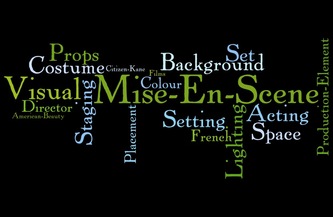





.JPG/revision/latest?cb=20120701222009)



